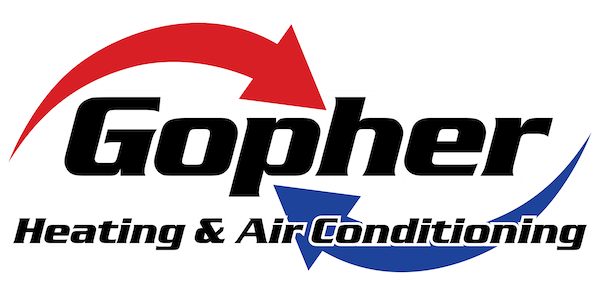
From a relaxing vacation or a long trip for work, traveling means making preparations for your HVAC system. You can't use it if you’re on a trip, so you can make adjustments as necessary to minimize your energy use. Simultaneously, you don’t want to just turn it off for the entire time you're gone.
For the most part, it’s better to leave your HVAC system running and adjust the temperature depending on the time of year. That way you can minimize energy costs without stressing about getting back to an uncomfortable home. We’ll walk you through why you should avoid turning your HVAC system off as well as the best thermostat settings for various times of year.
Here’s Why You Shouldn’t Leave Your Thermostat Alone
While you could be wanting to shut your HVAC system down before a trip, this could end up leading to costly problems by the time you return. This is particularly true when the weather will be severely hot or cold while you’re out of town.
For example, turning the HVAC system off during the summer can lead to very high humidity. Not only will your home feel like a swamp when you have returned, but it might have also invited mold/mildew growth or pest infestations.
And in the winter, leaving the furnace off will sometimes lead to pipes freezing up or even bursting. It’s never fun to get home from a vacation only to come across considerable water damage close to a broken pipe.
Energy-Efficient Thermostat Settings While at Work
You can optimize the temperature even when you're just going to work. Since you’re not home for around 8 hours or so, it doesn’t make sense to keep an empty home the same temperature as when you're home. As a general rule, it’s encouraged to raise the thermostat by 5 degrees or more. Meaning that if you prefer a comfortable 72 degrees, try raising it to 76-77 while you’re at work.
But you could save even more if you try further adjustments to the temperature. According to the Department of Energy, you might save around 10% on your HVAC expenses by increasing the adjustment to 7-10 degrees.
Ideal Thermostat Settings While Away from Home in Summer
If you leave for a longer trip in the heart of summer, you can make more significant adjustments. This prevents wasting energy while still safeguarding your home from the issues that come with leaving it un-air conditioned. Around 5 degrees is suitable for brief trips while a larger adjustment of 10 degrees is worthwhile if you’ll be gone for 2 weeks or more. If you enjoy keeping the house at 72 in the summer, 78-82 will offer the best results.
Recommended Thermostat Settings While On a Trip in Winter
To try and find the best thermostat setting for a winter vacation, just lower the temperature by the same amount you would adjust it in summer. 68 is a popular winter thermostat setting, so adjusting to 63-58 will keep your plumbing safe while restricting how long your furnace runs.
A Smart Thermostat Can Help: Advantages of Smart Thermostat Installation
One of the best ways to regulate your home’s HVAC system while away from home is by investing in a smart thermostat. This advanced type of programmable thermostat utilizes intelligent software to monitor your usual comfort habits. It learns these preferences and makes automatic corrections to the schedule for better energy efficiency. And with Wi-Fi integration, you can remotely access your HVAC system from a smartphone or tablet.
Smart thermostats are packed with features to help you save energy and lower costs. To provide an example, specific models can track electricity prices to bolster heating or cooling when prices are more affordable. They can also work with high-efficiency, variable-speed equipment to refine how long your HVAC system needs to run. It’s the optimal tool to simplify how you use your comfort system. If you’re thinking about investing in a smart thermostat, there are different ways you can lower your costs, in essence getting a smart thermostat for free. The next time you are away from home, you can receive true peace of mind that your HVAC system won’t cause any trouble while you’re away from home.



